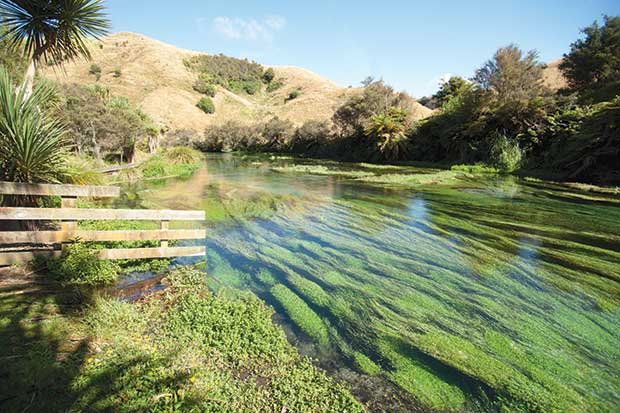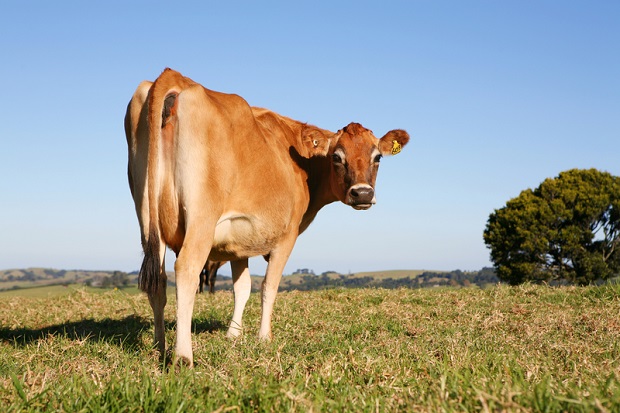Nitrogen leaching 101: The big nitrogen problem on your farm

It’s not fertiliser, and the cause is probably looking at you.
Words: Emma Buchanan
One of the key nutrients councils are trying to limit under new freshwater regulations is nitrogen. Many farms and blocks will need a Farm Environmental Management Plan (FEMP) which will set out how you will manage your land to achieve those limits.
Nitrogen comes in many forms in soils. One is a plant-available form, nitrate (NO3-). If nitrate was a person, you’d say they were charming and free-spirited. Plants love nitrate and take it up easily. However, if plants aren’t able to use all of it, nitrate swans off to find another party the next time it rains.
This generally happens when it’s too cold for pasture to grow, too wet or too dry, or the land is bare between crops. The nitrate leaves the root zone and makes its way into groundwater. That’s how it ends up in streams and rivers where it starts causing mischief with nitrogen’s significant other, phosphorus.

Nitrogen and phosphorus are key nutrients for rapid plant growth, both on land and in water. When they get into streams and lakes and the water temperature rises, you see algal blooms. Algae becomes a problem when its lifecycle (and death) uses up all the oxygen in the water and starts killing off the freshwater ecosystem. It also puts you off swimming in the slimy mess.
People often think that nitrogen loss comes from using too much fertiliser, and that is certainly one source.
But the most common source of high nitrogen is cattle urine. Cattle are big animals that drink a lot and pee a lot.
Nitrogen fertiliser is generally spread evenly around your paddocks. Cattle pee pours out onto the one spot. These urine spots can have the same concentration of nitrogen as if you’d spread 1000kg per hectare of urea on that small area.
This is far more nitrogen than pasture plants can use. The next time it rains, most of the excess nitrogen is flushed away and soaks into groundwater.
4 WAYS TO REDUCE NITROGEN
- Think about the way you use fertiliser. Make sure that the rate you are applying can be used by the plants you are putting it on. Take into account the time of year and the plants’ growth stage.
2. Think about the type of stock you have. Bigger stock produce a lot of urine, smaller stock far less, which is why sheep show less nitrogen loss than cattle. Do you need to have big cattle on your pasture over winter, when higher levels of rain will flush excess nitrogen away?
3. Use catch crops rather than leave bare ground fallow if you are cultivating. Having plants growing on the land will soak up some of the nitrogen that would otherwise be lost.
4. Plant trees – trees don’t pee. Orchards and native and exotic forests have some of the lowest nitrogen losses.
About Emma
Emma Buchanan runs Soter Rural Compliance, providing practical advice to farmers on environmental planning, resource consents, health and safety, nutrient budgeting, and compliance. She has worked on dairy farms, and until recently owned a sheep, beef and cropping farm in Central Hawkes Bay.
MORE HERE:
12 tips for caring for cattle this summer: grow healthy calves and yearlings
Love this story? Subscribe now!
 This article first appeared in NZ Lifestyle Block Magazine.
This article first appeared in NZ Lifestyle Block Magazine.
